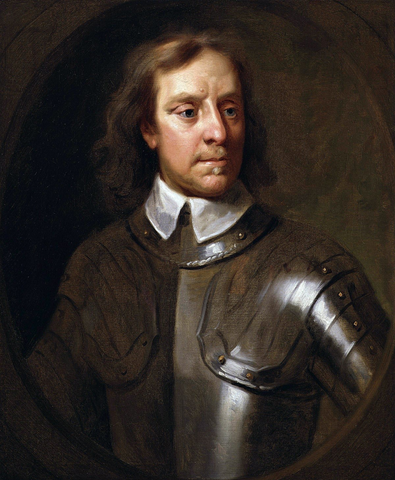
Nowadays, almost every picture we can see from others on any social media platform or in the public is edited especially by some applications or unconsciously by built-in filters. People already have been used to beauty relied on makeup, filters, and even plastic surgeries, and everyone knows there could be a huge difference between the picture and the person, which generates many articles discussing how to differentiate real beauty from fake ones.
The unsatisfyingly chasing beauty deepens the doubt of an individual physical condition in reality, especially in dating when people get to know each other online at first, many people feel disappointed and disgusted by the fake image the other gave, and they express misses of the old-time that there was no Photoshop, less makeup, and no plastic surgery, every image was real, and any beauty was beautiful. In fact, it is not true. Our ancestors started to find solutions to make their portraits or pictures look better than the reality centuries ago, and their disappointments could really make something worse happen.
In the mid-16th century, King Henry VIII became increasingly desperate for a new wife. Thomas Cromwell found a Protestant ally with two available sisters – the Duke of Cleves, who have wealthy lands. As the eldest, Anne was chosen as the possible bride and Holbein immediately went to Cleves to paint her portrait. Henry was determined to have a beautiful wife but real Anne did not match his standard at all. To secure the marriage alliance, Cromwell implied Holbein to make some adjustments if necessary. Holbein masked her large hooked nose and covered up her smallpox marked skin. His portrait showed a perfectly attractive young woman to Henry, which excited the King a lot.

In 1539, Anne of Cleves met King Henry VIII for the first time. Though the marriage was politically calculated, Henry still expected a beautiful bride, however, when he saw her, he felt very disappointed and even disgusted by her real face. “I am ashamed that men have so praised her as they have done, and I like her not,” the King said ominously; he also complained to Cromwell that Anne was “nothing so well as she was spoken of,” and if he had known the truth of her appearance, she would never have been considered as his Queen. He called her a “Flanders Mare”, and his court tried to annul the marriage but the Holy Roman Emperor was in Paris meeting with the French King and Henry, locked out by those two great powers, could not risk offending the German princes who approved the union with Anne. So Anne was not sent back and Henry moaned that he had to “put my neck in the yoke,” he wrote to Cromwell, “my lord if it were not to satisfy the world and my realm, I would not do that I must do this day for none earthly thing.” Henry did a private marriage ceremony at Greenwich, and after Henry often spoke openly of how unbelievably ugly Anne was, as “struck to the heart.” They lay together for the entire length of their marriage but were never physically intimate.

Thomas Cromwell was charged with treason for organizing the marriage. His later relative, Oliver Cromwell learned this lesson and he famously insisted that all his portraits contain the “roughnesses, pimples, warts, and everything as you see me, otherwise I will pay a farthing for it.” To realistic was not always preferred by men, even in the old-time the power was more important to be shown than the appearance of a male. But if a catfish work can strengthen the recognition and worship of the surrounding people, who can resist it?

In the work “Napoleon Crossing the Alpes (1801-1805) by Jacques-Louis David, the sitter wasn’t even Napoleon himself, but the son of the artist. “It is the character that dictates what must be painted. Nobody knows if the portraits of the great men resemble them, it is enough that their genius lives there.” The whole scene was just an imagination of the artist, in reality, 167cm tall Napoleon crossed the Alps on a mule. Paul Delaroche painted a realistic moment of it, from his work, no one can feel the legacy of Napoleon but his perseverance.
Modern portraiture arguably is no different. Though a picture can be edited a lot to achieve a better effect, some people still have an obsession with portrait which can provide more a dreamy and glorious experience. American artist Ralph Cowan is famous to paint such a style portrait to satisfy the old fascination of customers. “The Visionaire” (1989) is a portrait of Young Donald Trump. In a 1997 Playboy article, Journalist Mark Bowden compared it to a “Sun God” and Trump’s glowing face to “the top floors of Trump Tower at sunset, the color of warm bullion.” Though Trump hasn’t made America great again, at least he already achieved to long live his greatness.

(Source: English History / Messy Nessy)



